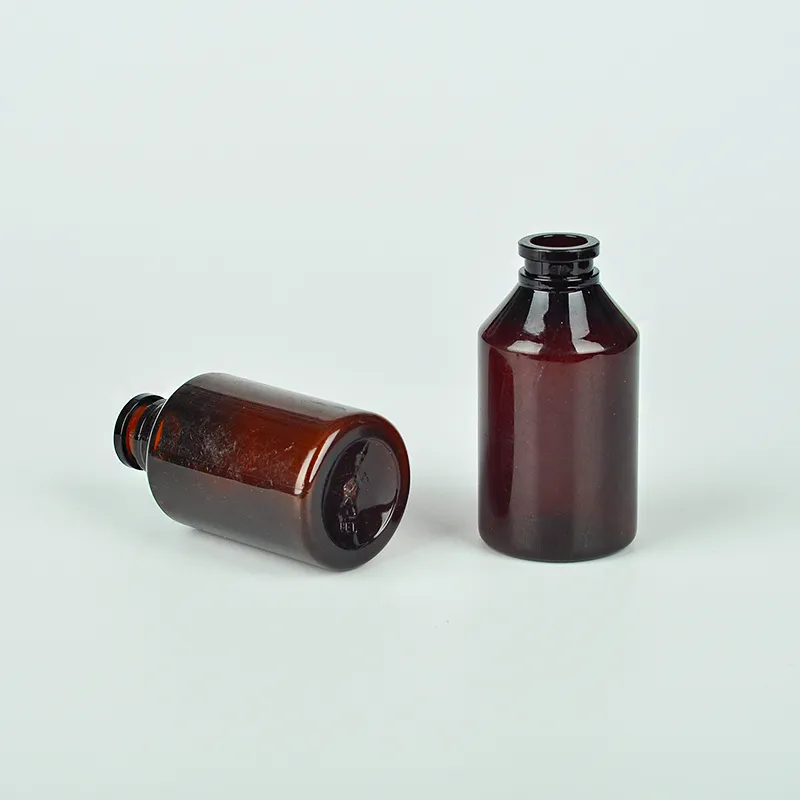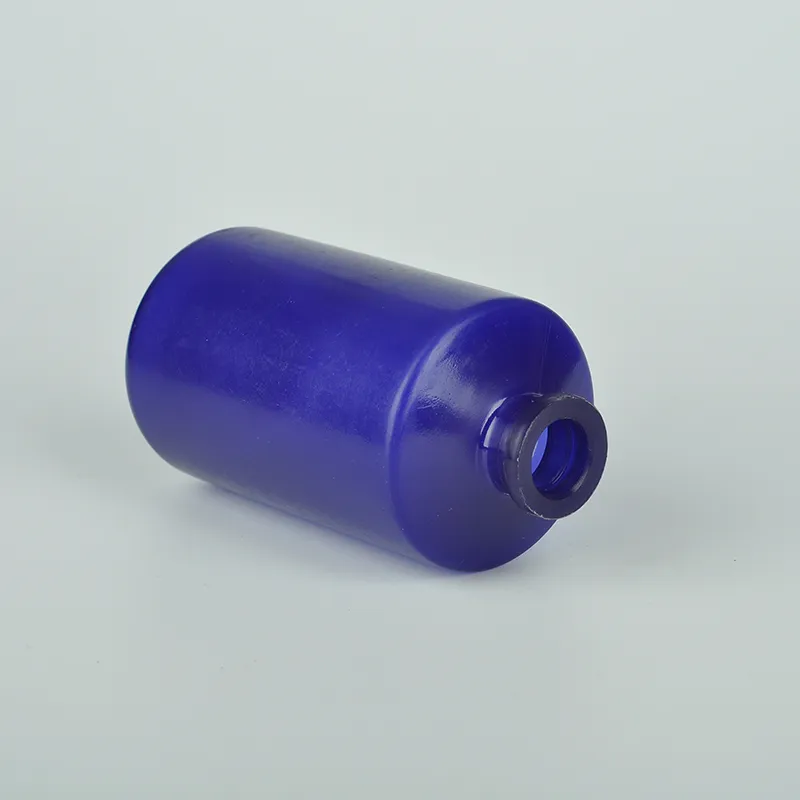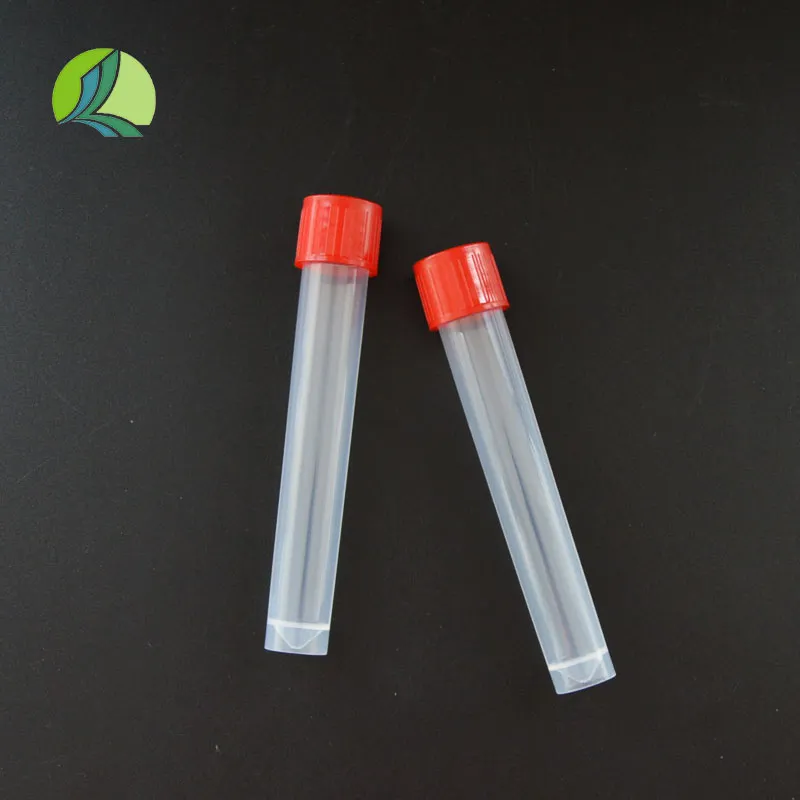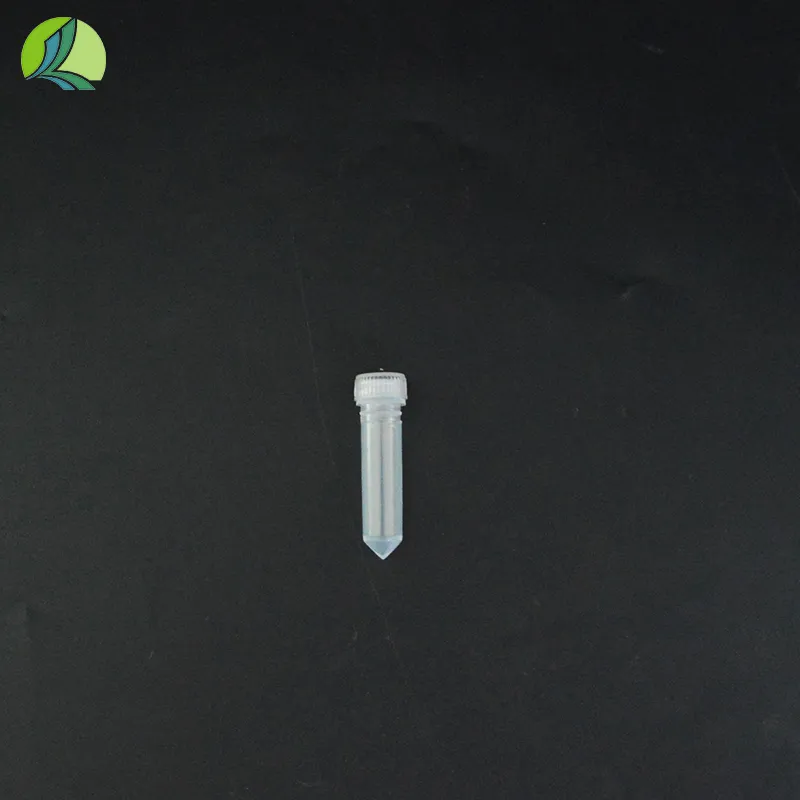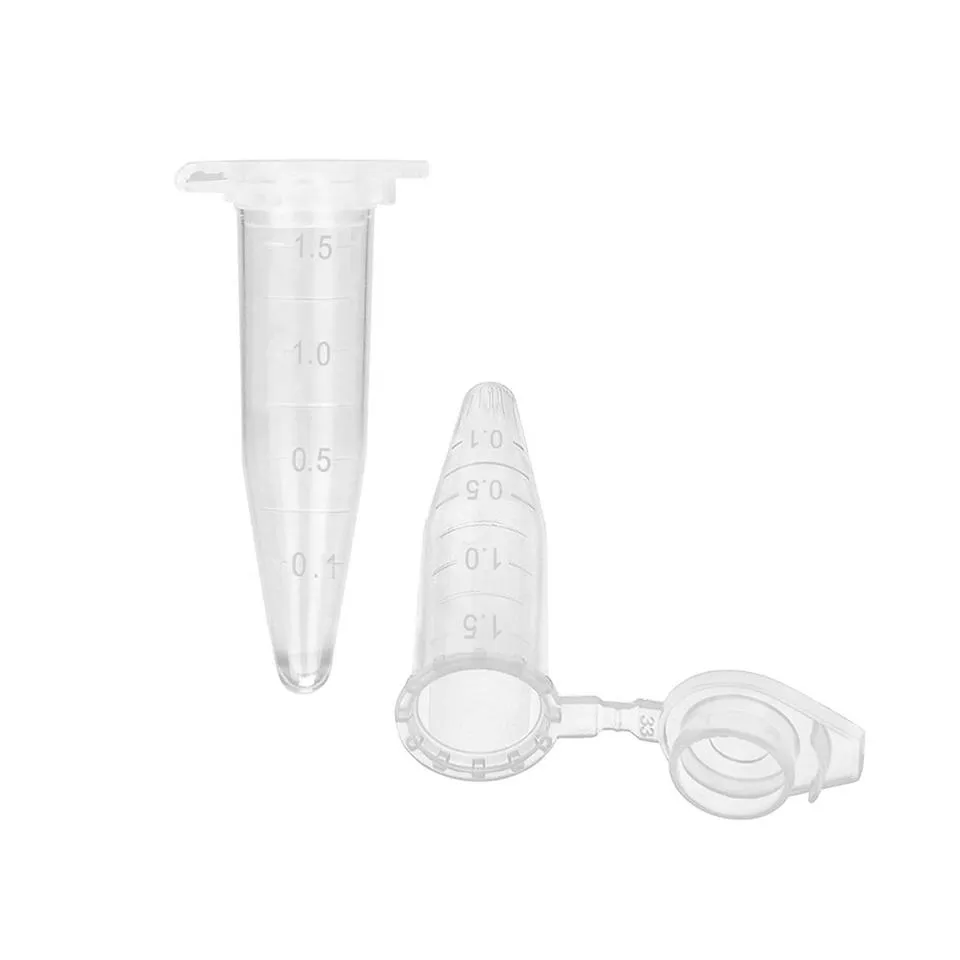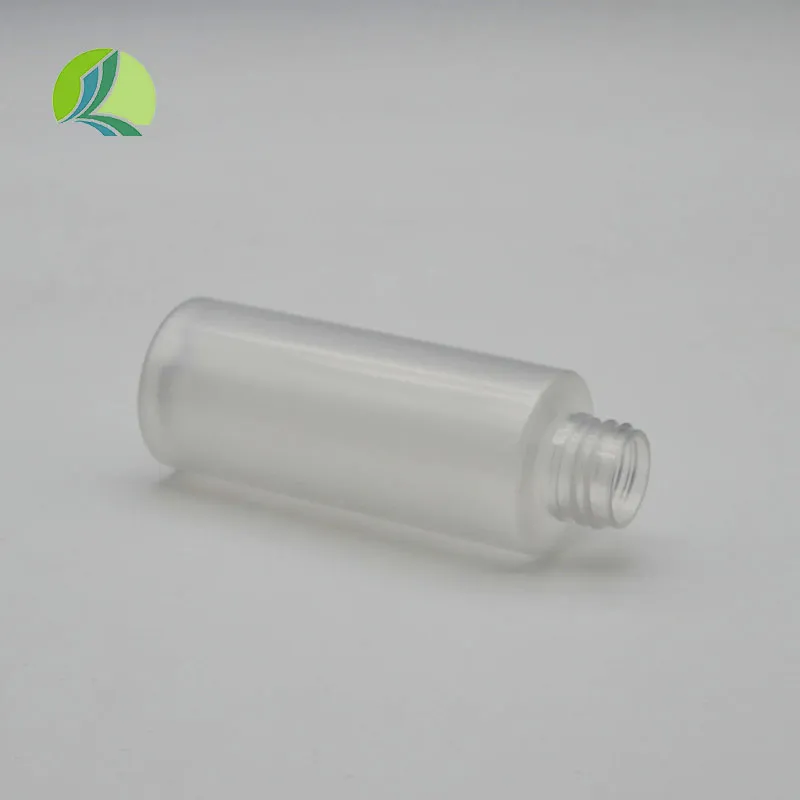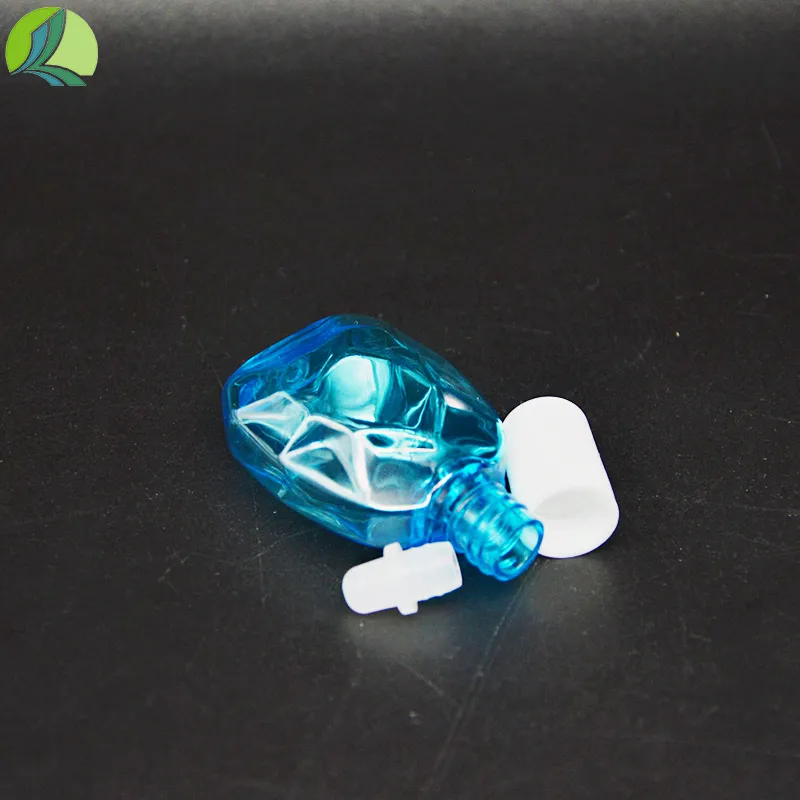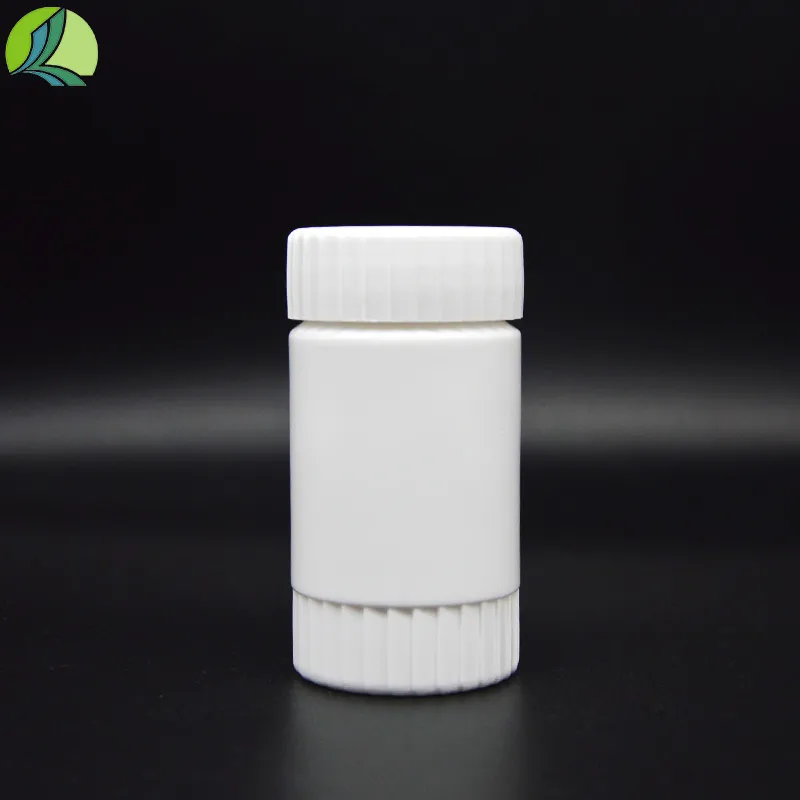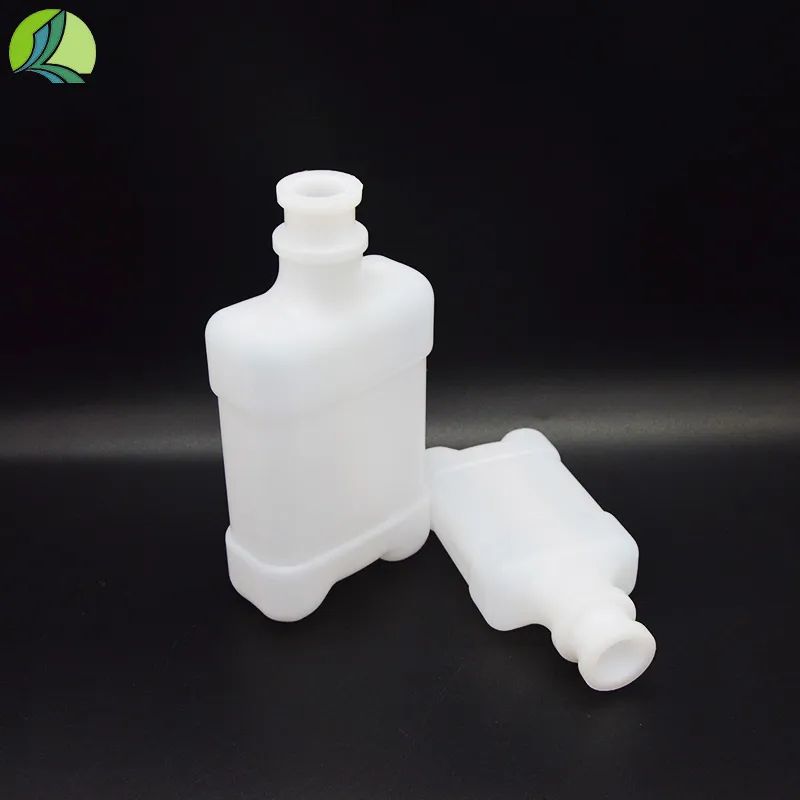petri plate used in microbiology
The Use of Petri Plates in Microbiology
Petri plates, also known as Petri dishes, play an essential role in the field of microbiology. Named after the German bacteriologist Julius Richard Petri, these shallow, cylindrical glass or plastic dishes have become standard tools for culturing and studying microorganisms. Their design and functionality enable scientists and researchers to examine the growth patterns and behaviors of bacteria, fungi, and other microbes in a controlled environment.
The Use of Petri Plates in Microbiology
One of the primary uses of Petri plates is to isolate pure cultures of bacteria. By streaking a sample across the surface of the agar, researchers can create individual colonies that arise from a single cell. This technique, known as streak plating, is crucial for identifying bacterial species and studying their characteristics. Additionally, Petri plates are used in the process of serial dilution, which helps quantify the concentration of microorganisms in a sample, enabling accurate assessments of microbial populations.
petri plate used in microbiology

Petri plates also serve as a platform for various experiments. For instance, microbiologists can test the antibiotic susceptibility of bacterial strains by placing antibiotic disks on the agar surface. The clear zones around the disks, known as inhibition zones, indicate the effectiveness of the antibiotic in preventing microbial growth. Furthermore, researchers can analyze the effects of environmental factors, such as temperature, pH, and light, on microbial growth by setting up controlled experiments using Petri plates.
In addition to their practical applications, Petri plates are a valuable educational tool in microbiology laboratories. They help students understand fundamental concepts of microbial growth, isolation techniques, and the importance of aseptic techniques in preventing contamination. By observing the growth and characteristics of different microorganisms on Petri plates, students gain hands-on experience that reinforces theoretical knowledge.
The evolution of Petri plates continues with advances in technology. Modern innovations include disposable plastic Petri dishes and pre-prepared agar plates that simplify laboratory procedures and enhance safety by reducing contamination risks. Moreover, the introduction of specialized agar types enables the selective growth of specific microorganisms, facilitating targeted research.
In conclusion, Petri plates are indispensable in microbiology. Their ability to support the growth of diverse microorganisms while allowing for precise experimentation and observation makes them a cornerstone of microbial research and education. As the field of microbiology evolves, Petri plates will undoubtedly continue to play a significant role in expanding our understanding of the microbial world.
-
Aesthetic Makeup Spray Bottles | Fine Mist Empty RefillableNewsAug.19,2025
-
White Plastic Veterinary Vaccine Vials | Lab Liquid BottlesNewsAug.18,2025
-
Plastic Medicine Liquid Bottle: Secure Flip Top Drug VialsNewsAug.17,2025
-
Durable 250ml Blue Plastic Vaccine Vial for Lab & Vet UseNewsAug.16,2025
-
Sterile Virus Sample Tubes: Secure & Reliable Specimen CollectionNewsAug.15,2025
-
White 250ml Plastic Vaccine Vial for Lab & Vet MedicineNewsAug.14,2025












